19 Bizarre Hygiene Habits From The Middle Ages
The medieval era or the Middle Ages was a period in European history that began with the fall of the Western Roman Empire and ended with the Renaissance. Although it was an incredibly eventful time, it isn’t exactly remembered for its emphasis on hygiene and promoting healthy living. Plague and disease were a constant threat to those living during that time period and medical practices were nothing short of barbaric. Take a look to see what hygiene was like in the Middle Ages and how vastly different it was from what we consider to be appropriate today.
Without Forks, Food Was Often Contaminated
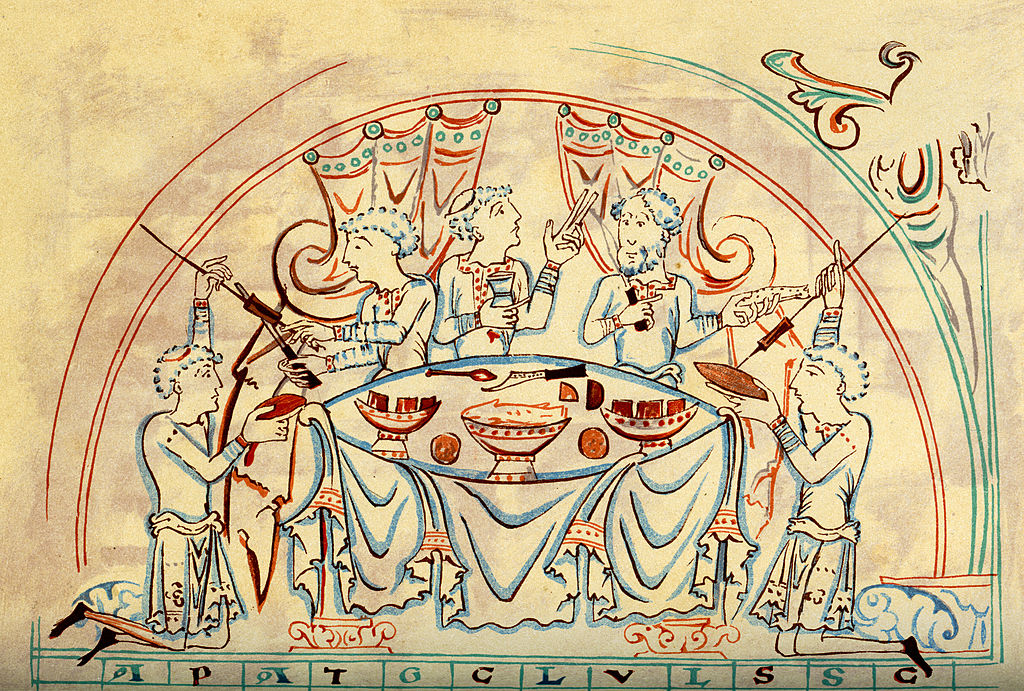
Although spoons and knives were available at the time, forks weren’t, which resulted in much of the lower class eating with their hands. While this might not seem like the worst thing, considering that we still eat many things with our hands today, back then, their hands were far dirtier.
While we frequently wash our hands with soap and water, this was uncommon back then, with most people didn’t even wash their hands after going to the bathroom, working with animals, or worse. This resulted in a lot of people getting sick by contaminating their food.
Commoner’s Floors Were Absolutely Filthy
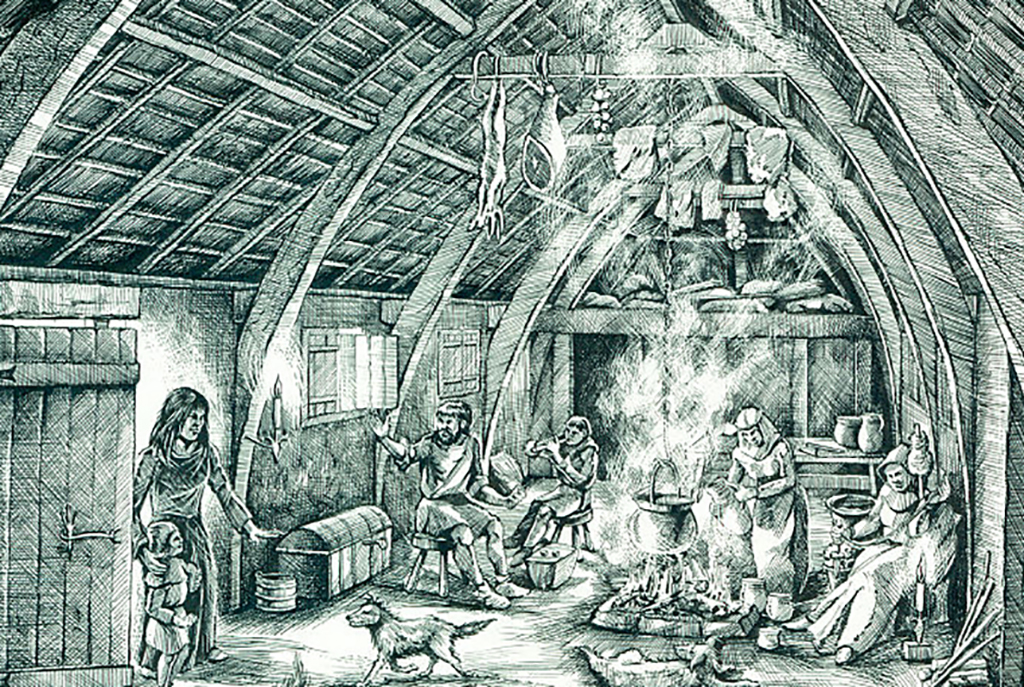
To clean up any dirt, mud, or other mess that might be tracked in from the outside, many commoners placed rushes on the floors of their homes. Rushes are a water plant that was dried out and laid on the floor to act as a type of removable carpet.
While this might not sound like the worst idea, the reality was that rushes weren’t changed as often as one might think. This meant that the floors were covered with animal waste, mud, and whatever else is outside, which became a breeding ground for diseases and unwanted critters who made their home in the rushes of a home.
Taking A Bath Didn’t Necessarily Mean You Got Clean
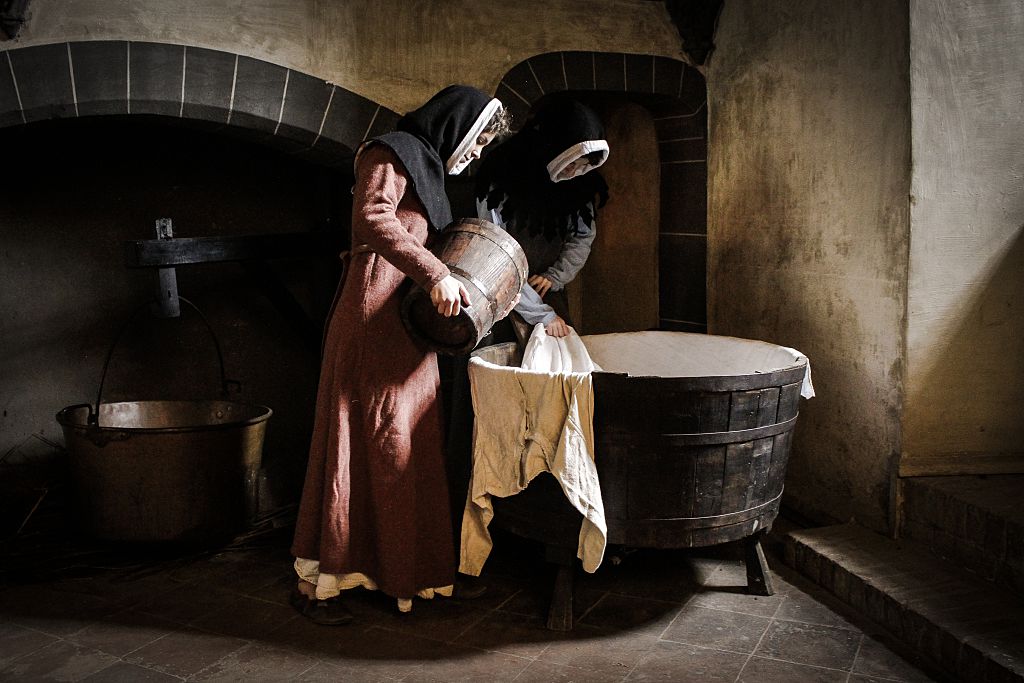
Back in the Middle Ages, taking a bath was something typically reserved for the rich, and even then, they didn’t do it as often as we do today. However, if you didn’t have the luxury of living in a castle, your chances to bath were few and far in between, and on the rare occasion that you did, it wasn’t the most pleasant experience.
When the poor would bath, it would be a communal affair, with countless people all using the same tubs and water. Considering how dirty everyone was, you might be cleaner skipping out on the public bath.
Surgery Had Little To No Sterilization
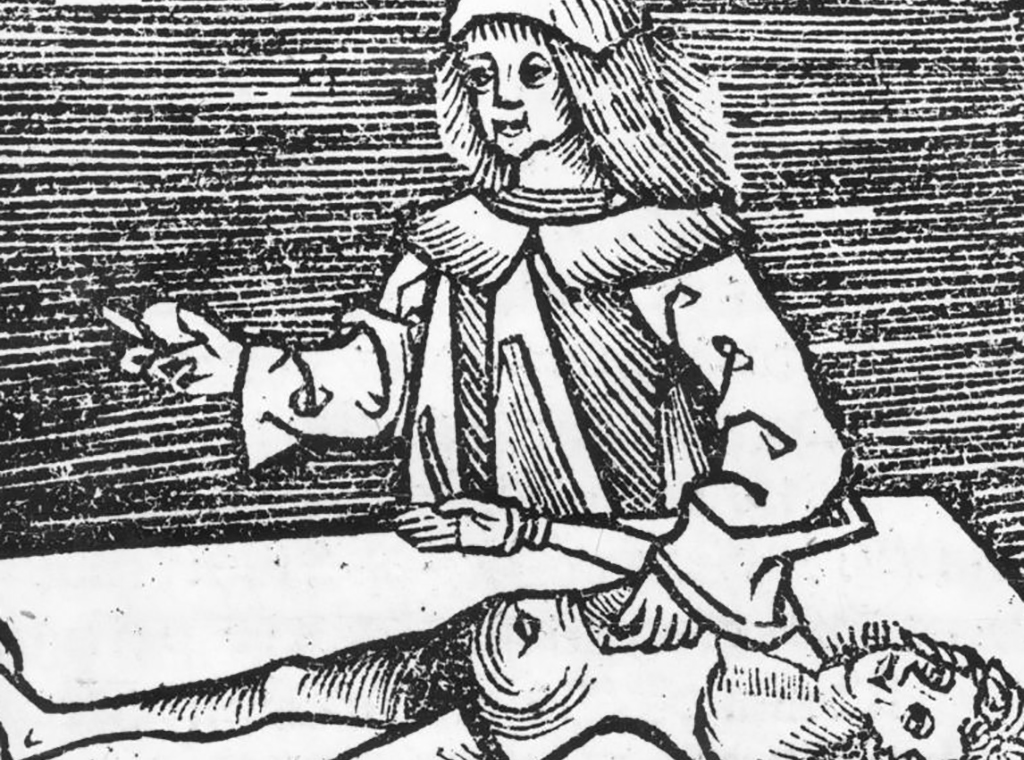
Although there was some degree of medicine and surgical procedures during the Middle Ages, the concept of bacteria and microorganisms wasn’t known, and surgery often resulted in the death of the patient.
While sterilization is one of the most important aspects of any surgery today, back then, physicians wouldn’t always wash their hands or even clean their equipment before performing an operation. It wasn’t until the mid-1800s that people began washing their hands after Hungarian doctor Ignaz Semmelweis discovered that clean hands and instruments lowered the risk of infection.
Many Peasant Men Didn’t Shave
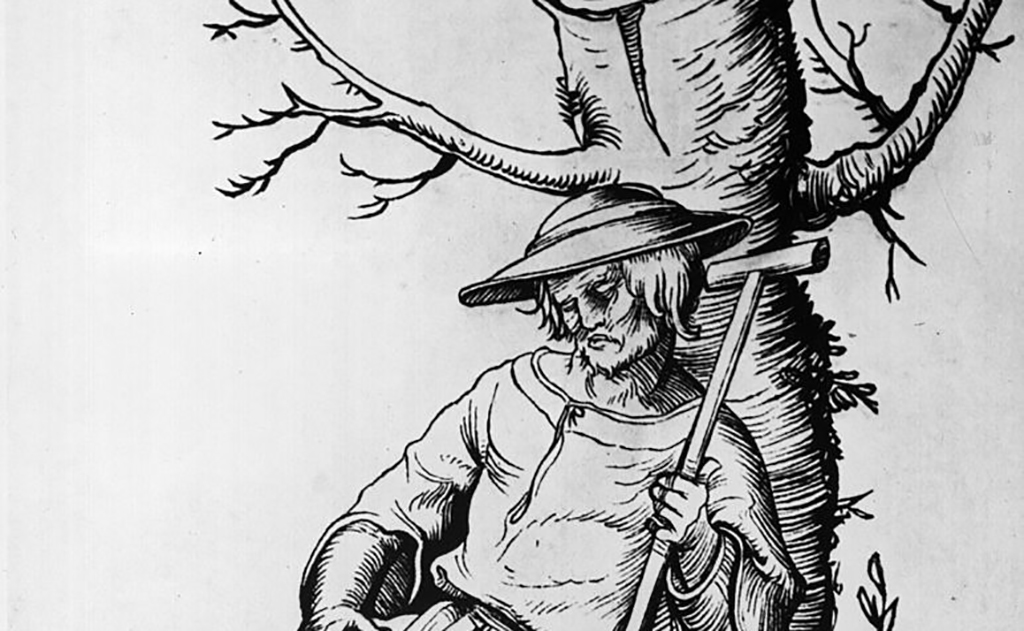
While some peasants did have the opportunity to wash their hair every now and then, shaving was not at the top of the list in terms of hygiene. At the time, mirrors were made of blackened glass or polished metal, so it was difficult to shave even if you wanted to.
For the majority of the population, the only option men had was to visit a barber to get a proper shave. However, this required money and resulted in a lot of men foregoing shaving altogether.
Beds Were Not A Space Of Cleanliness
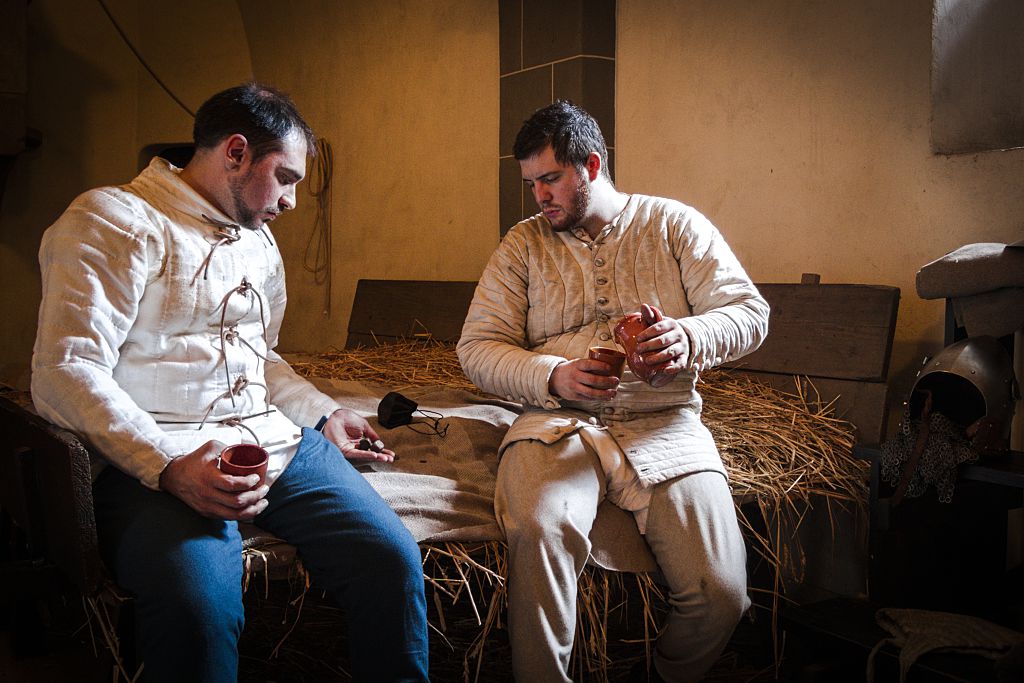
Unless the individual was a member of the nobility, their bed was likely made of straw. While this might make sense, the problem was that the straw was rarely changed. On top of that, it was slept on by someone who had been working outside all day and rarely bathed.
This made beds particularly enticing to fleas and lice, which would make the straw bed their home. However, some preventative measures were taken, such as mixing herbs and flowers into the straw.
Don’t Swim In The Moat!

While the primary purpose of a moat surrounding a castle was to protect the castle against attackers, it also helped with waste disposal. Many medieval castles also used a plumbing system that would flush all of the waste right into the surrounding moat — known as Garderobes.
The plumbing system extended outside of the walls of the castle that could be opened to empty into the moat. So, if someone did attempt to cross the moat, they would be met with far worse than just a body of water.
Going To The Bathroom Might As Well Have Been A Social Event
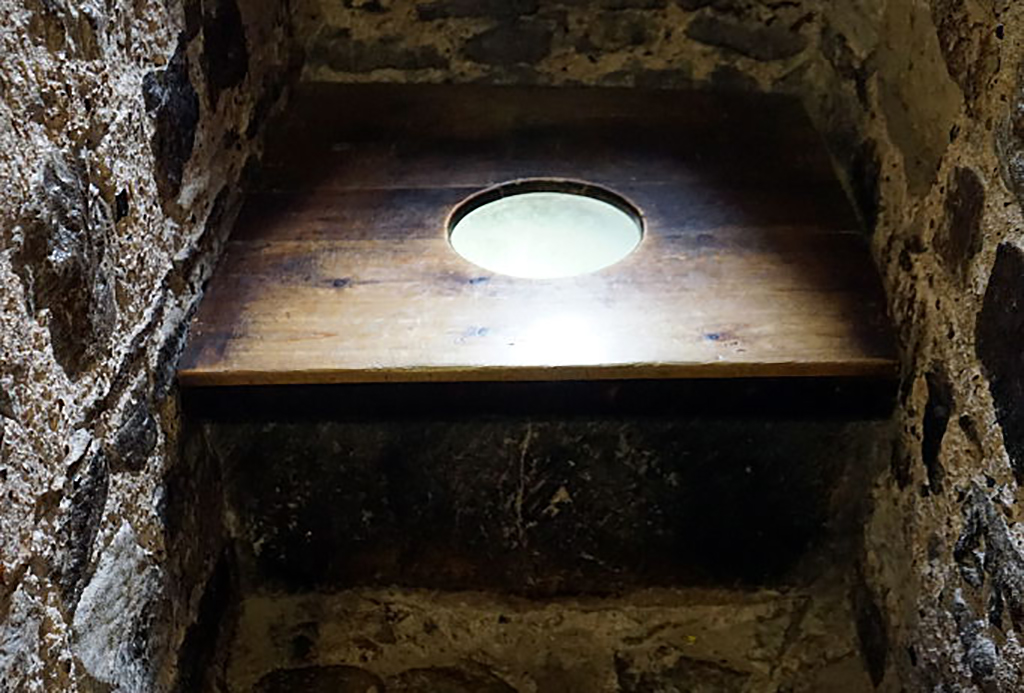
Although not everyone had the privilege of having a toilet in or around their home, there were public facilities that could be found in more densely populated areas such as cities. Of course, these public bathrooms were rarely maintained and would have most people today running in the other direction.
Aside from the toilets being the perfect place to catch a disease, there was also little to no privacy. Many bathrooms consisted of a room above a cesspit with benches that had holes in them where people would communally take care of their business.
Chamber Pots Were The Norm
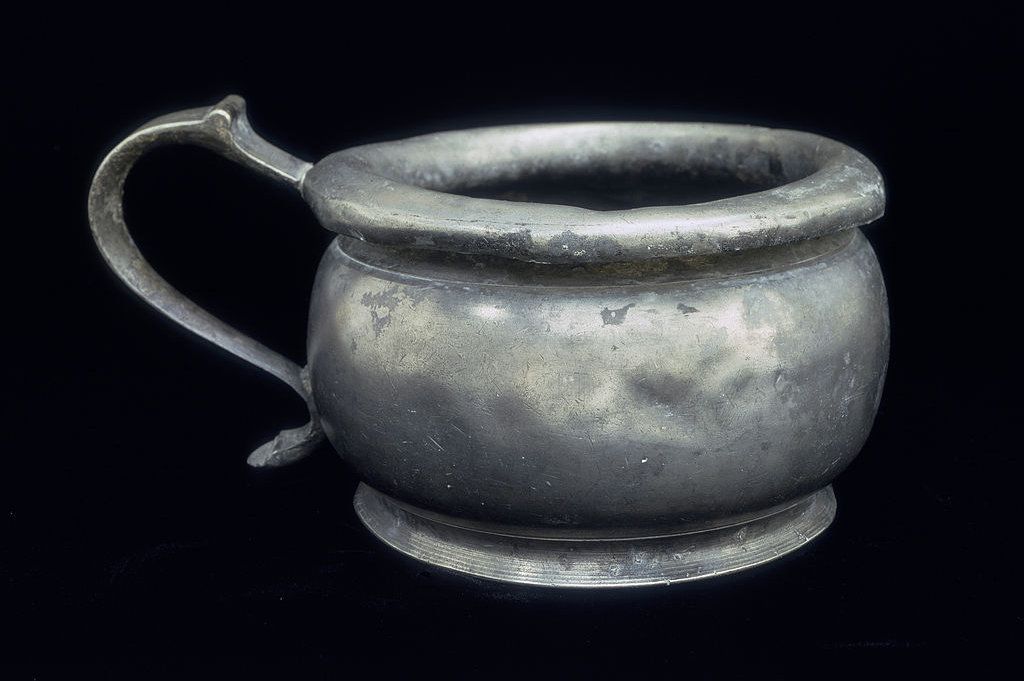
Because there was no plumbing, and the majority of people didn’t live in a castle that had actual bathrooms, most people resorted to using chamber pots. These were bowls or pots that were typically placed under one’s bed so they could relieve themselves during the night.
Once they took care of their business, they would usually push it back under their bed. Emptying chamber pots wasn’t the most sanitary process either. It wasn’t uncommon for people to throw the contents of their chamber pots out of their windows and onto the street below.
A Peculiar Cure For Baldness
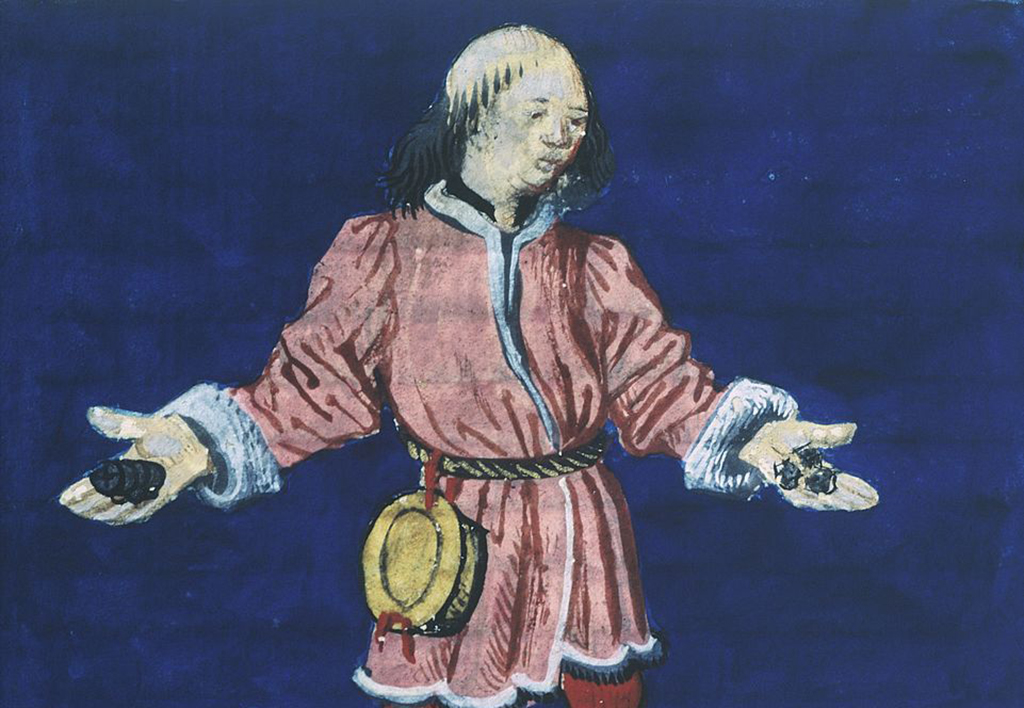
Male baldness is not a new phenomenon, and men have been self-conscious about their balding heads for centuries. In the Middle Ages, there was a supposed cure for baldness for those who were daring enough to try it.
In a medical handbook written in the 17th century, a mixture of chicken or pigeon droppings mixed with ashes, lye and applied to the head was said to help the balding man. It’s not clear how many desperate men tried this formula, but surely it didn’t work.
Bloodletting Was Thought To Cure Anything
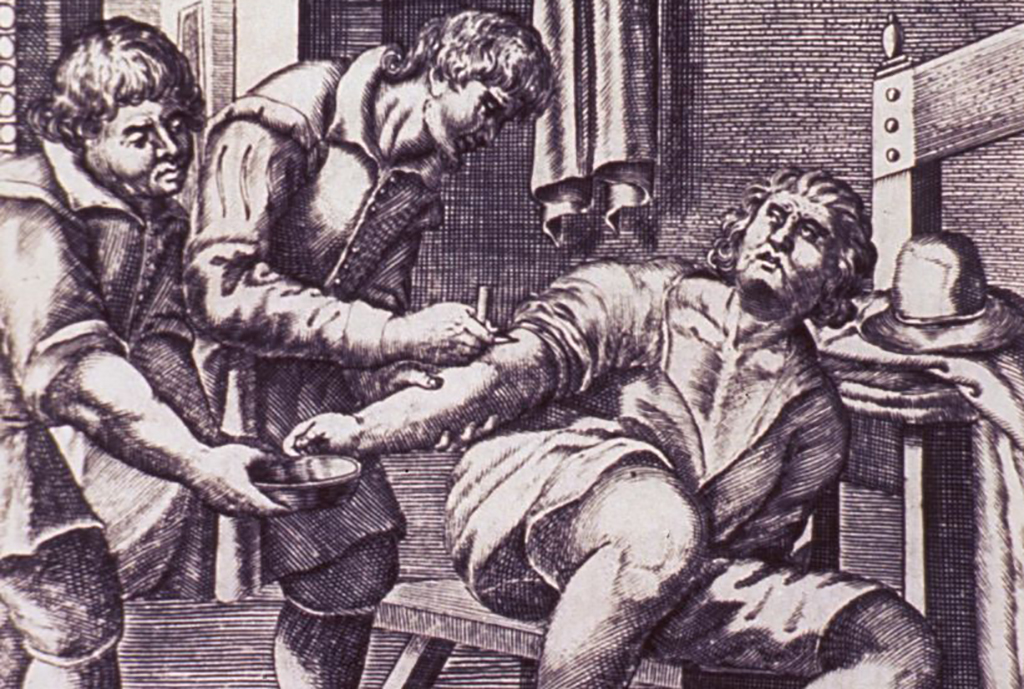
During the medieval period, a standard medical procedure was bloodletting, a process in which amounts of a person’s blood was removed from their body to cure an illness. The blood could be removed by making an incision and letting the blood drip into a basin, or leeches that would supposedly suck out the “contaminated” blood.
The leeches would be applied to the “sick” part of the body where they would feed until they grew fat and fell off. Sometimes, people would even perform bloodletting on themselves until it was discovered that removing blood from the body does the opposite of curing an illness.
Be Thankful For Your Dentist
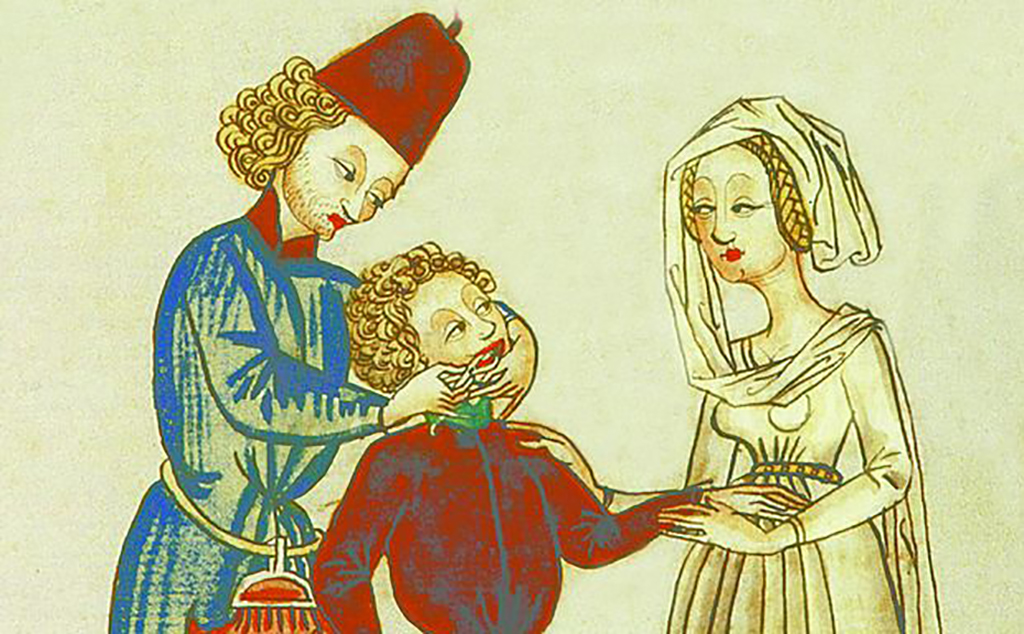
Because the modern toothbrush wasn’t patented until the 19th century, for the most part, people were on their own when it came to taking care of their mouth and teeth. Typically, people in the medieval era would rinse their mouths with water and use a rag to wipe their teeth as a basic form of cleaning.
It was also common for people to chew on mint and other herbs to help improve their breath. Regardless, noble or not, people’s teeth would usually rot, and they would have to be removed without the use of anesthetics. Pray you don’t have any serious dental issues, because little could be done to help.
The Truth About Canopy Beds
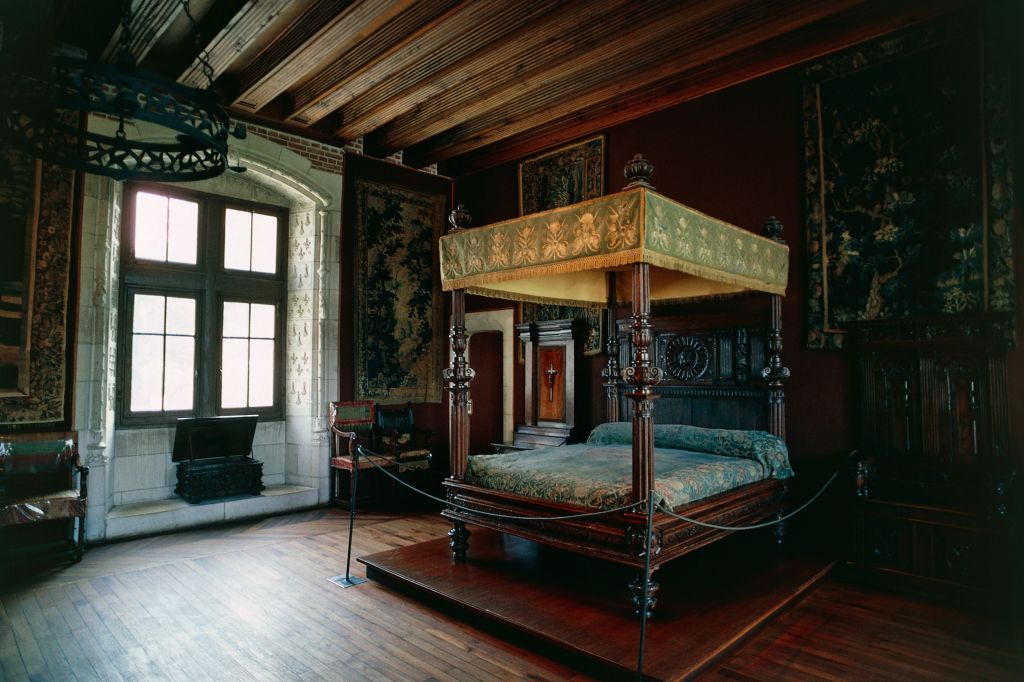
Canopy beds can be used for a variety of reasons, such as privacy and even to retain heat. However, they also served another purpose, which was to keep the bed and the person sleeping in it clean.
In the Middle Ages, structures didn’t have the same type of roofing as today, which allowed for bugs, other pests, and bird droppings to seep through the cracks and inside the building. The canopy bed was a way to prevent anything unwanted from falling onto the bed or the person sleeping in it.
Urine Was Used For Unlikely Purposes
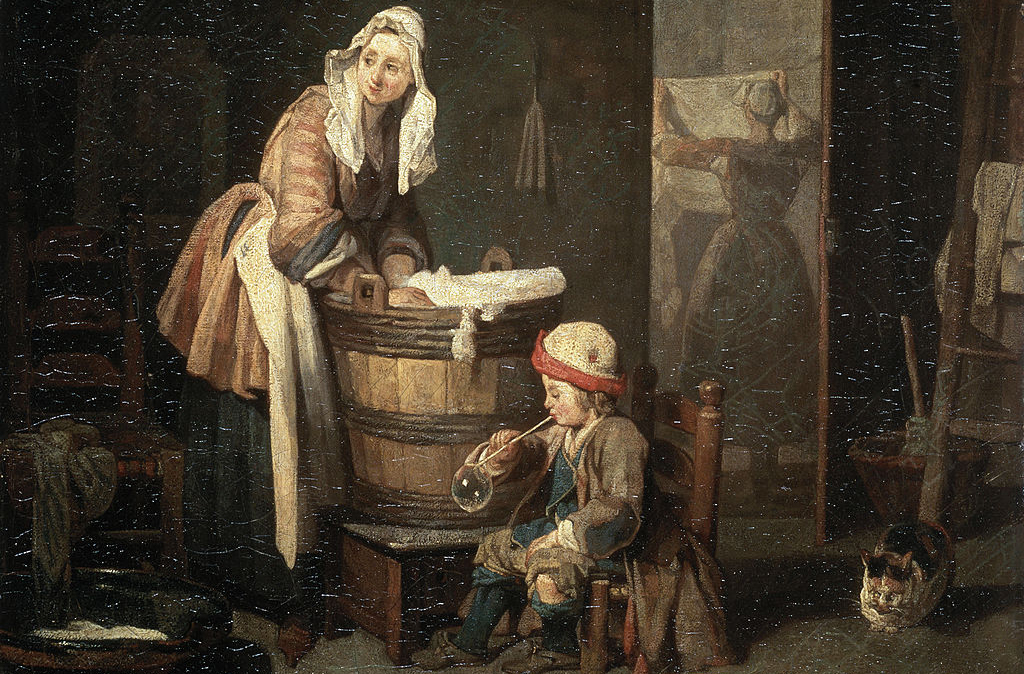
Human urine was used for a variety of purposes in the Middle Ages, including as an antiseptic to clean wounds. As if that wasn’t enough, even though clothes were rarely washed, when they were, it wasn’t uncommon for urine to be used as a cleaning agent.
In order to get stains out of clothes, it was common for people to use a combination of ash, lye, green grapes, and urine. Considering that their clothes weren’t washed for extended periods of time, surely using urine didn’t help in regards to their smell.
There Was No Escaping The Lice
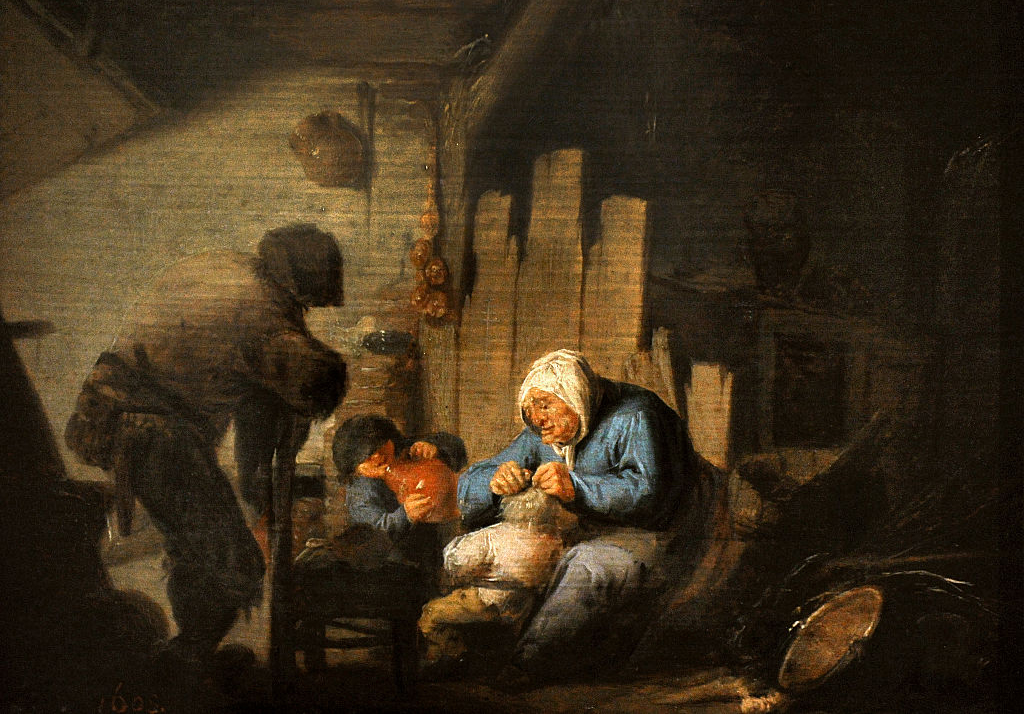
Both the affluent and the poor suffered from lice, and there was no way to get away from the nasty buggers. They could be so unbearable that the wealthy would even shave their hair to escape them and don a wig instead.
However, this proved to be futile because the wigs were made with real hair, they could become infected just an easily as someone with natural hair. At times, people could be so infested with lice that they wouldn’t remove their hat when eating for fear of getting lice in their food.
Plague And Disease Was Rampant

Considering that the people living in the medieval era weren’t knowledgeable about how a lack of hygiene greatly affected one’s health, plagues and epidemics were common and devastating. Living in constant filth, poor food preparation and storage, among countless other things gave way to constant sicknesses.
One of the most devastating, however, was the Black Death, which was rampant between 1347 and 1351, killing a vast amount of the medieval European population. Of course, this was just one of the many illnesses that swept across Europe due to poor hygiene, false medical practices, and deplorable living standards.
Rain Was Not Good For Sewage Systems
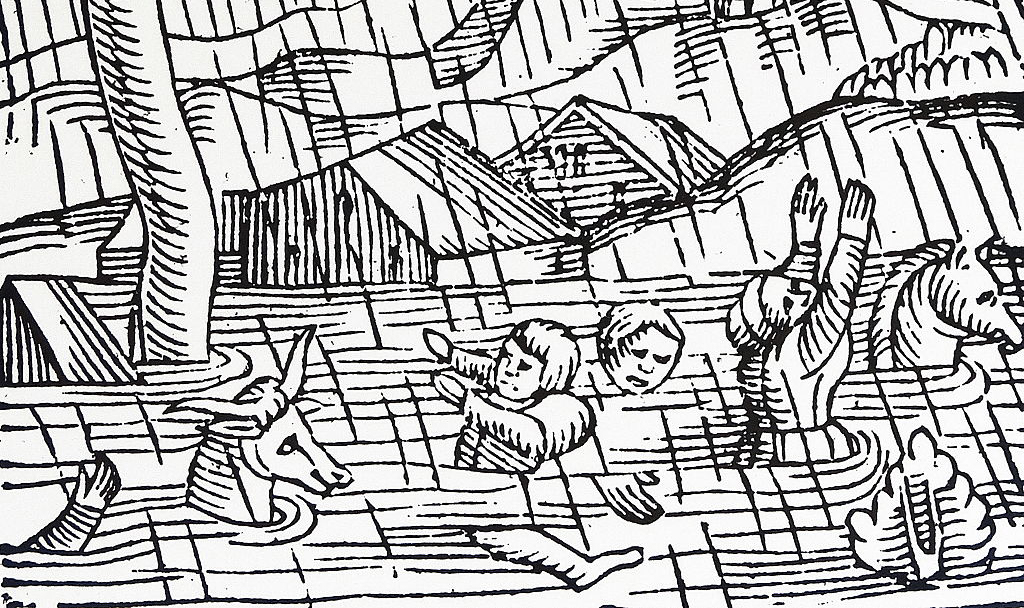
With people emptying their chamber pots in front of their houses, the roads were already disgusting and disease-ridden on an average day. However, when it rained, things got a whole lot worse.
Streets tended to be made of dirt and cobblestone that sloped into a rainwater ditch in the middle of the road to prevent flooding. Yet, with people discarding their waster wherever they could, when it rained, these sewage ditches would overflow, leading all of the trash and human waste to flood into the streets.
The River Thames Was A Cesspit In Itself

While almost all of medieval Europe smelled worse than most people today can even imagine, few places stank worse than the River Thames in England. This is because it was used as a natural sewer that people would dump just about anything in.
One bridge became so popular among butchers to discard their rotten meat and animal parts that it became known as “Butchers Bridge”, constantly covered in dried blood and rotting meat. It wasn’t until 1369 that it became illegal to dump such waste into the river. But that didn’t make the smell go away.





